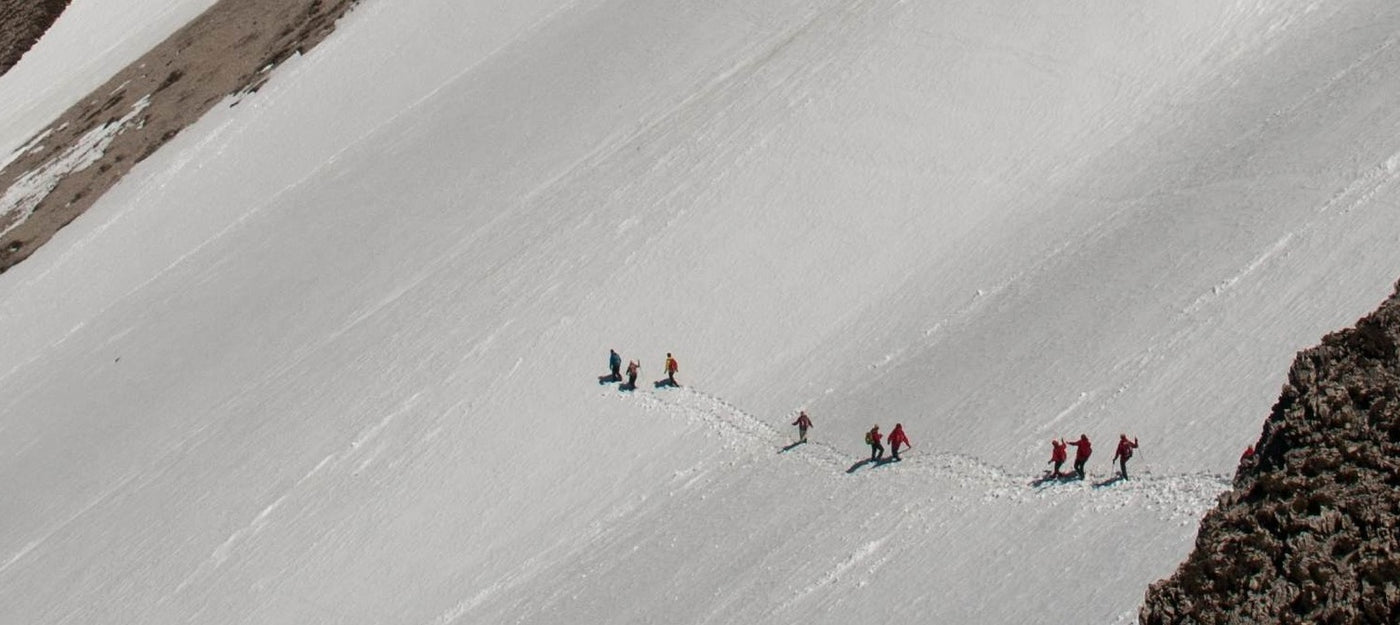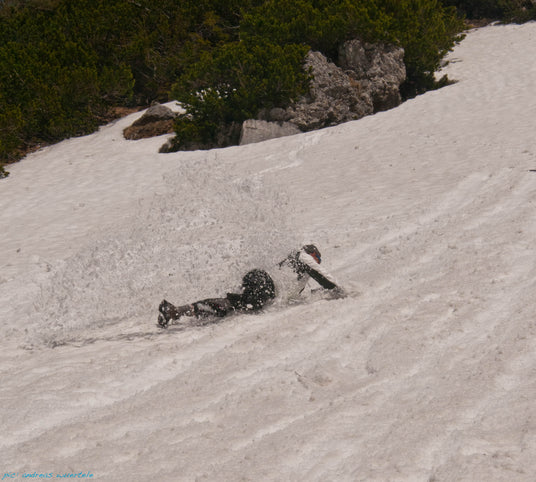
Slipping
A look at the annual accident figures quickly makes it clear that, in addition to cardiovascular emergencies, slipping and the resulting falls or even falls are particularly dangerous for mountain hikers. Good footwear, sturdy hiking poles and a healthy self-assessment when choosing a route are very useful for avoiding accidents. However, it is not always possible to avoid all alpine dangers in the mountains, which raises the question of how we can best deal with them.
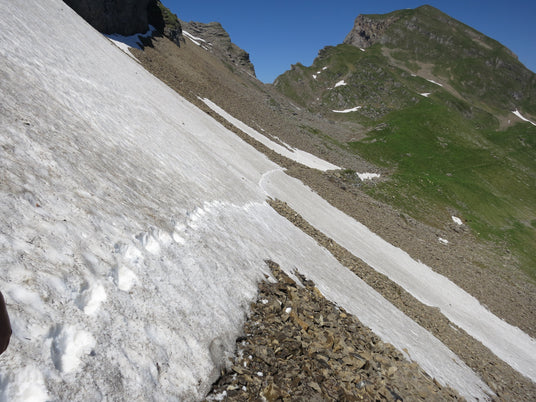
Many errors
Over the years, many items of equipment have become standard for mountaineering. These include rain gear, bivouac sacks, and first-aid kits, as well as smartphones and outdoor umbrellas. "Snow spikes" or "Grödel," as they are commonly known, are still considered a rather exotic piece of equipment for mountaineering. Excessive weight, delicate construction, and limited range of uses are often heard as arguments against using them on tours. We'd like to dispel these common misconceptions here.
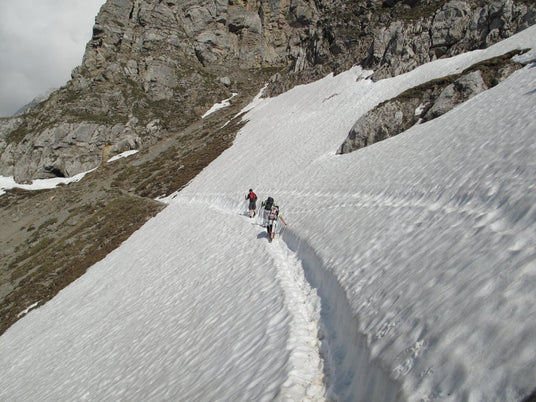
Fixed equipment item
Winter hiking is experiencing a similar boom to mountain hiking and often leads over icy or slippery hiking trails, which can be very slippery, especially in late winter when the thaw sets in. The lightest models on the market weigh just 170 grams . In comparison, a two-person bivouac bag weighs three times as much (525 grams). A comparison that is obviously flawed, but still seems interesting.
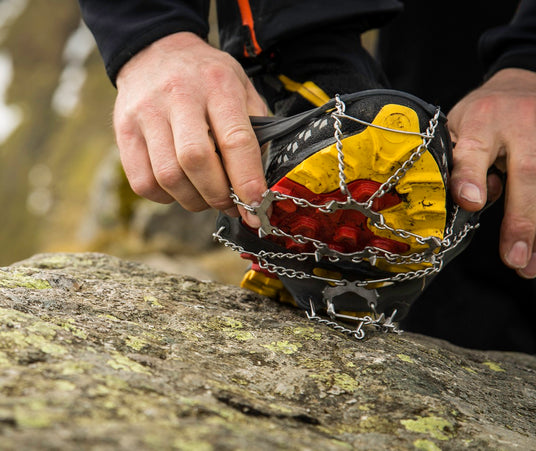
Assembled in 2 steps
The sophisticated design of modern snowline spikes allows for quick entry and exit, but still ensures a good grip if the size is right.
When stored properly (in a dark, dry, and cool place), they will be a faithful companion for many years. The elastic plastic ring, as with all plastic components used in mountaineering, is the limiting factor in their lifespan. UV radiation, heavy wear, and sharp edges all have a negative impact on their lifespan. However, with minimal care, these alpine all-rounders will last for several years and become faithful touring companions, especially in early summer and during uncertain weather conditions.
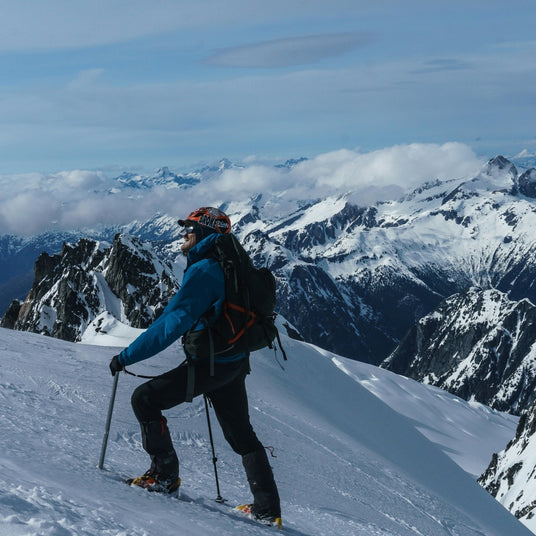
Recognizing the limits
If we are in the high mountains and are out in snow and ice for a long time, the snow spikes quickly reach the limits of their potential use. Crampons are designed for hiking and should also be used for this purpose. Modern lightweight crampons with longer spikes are certainly better suited for use on high tours and especially in firn and are a better choice than crampons due to their construction and stability.
Finally, for bare ice and combined tours, steel crampons with a stable rocker arm binding and pronounced front points are used.


